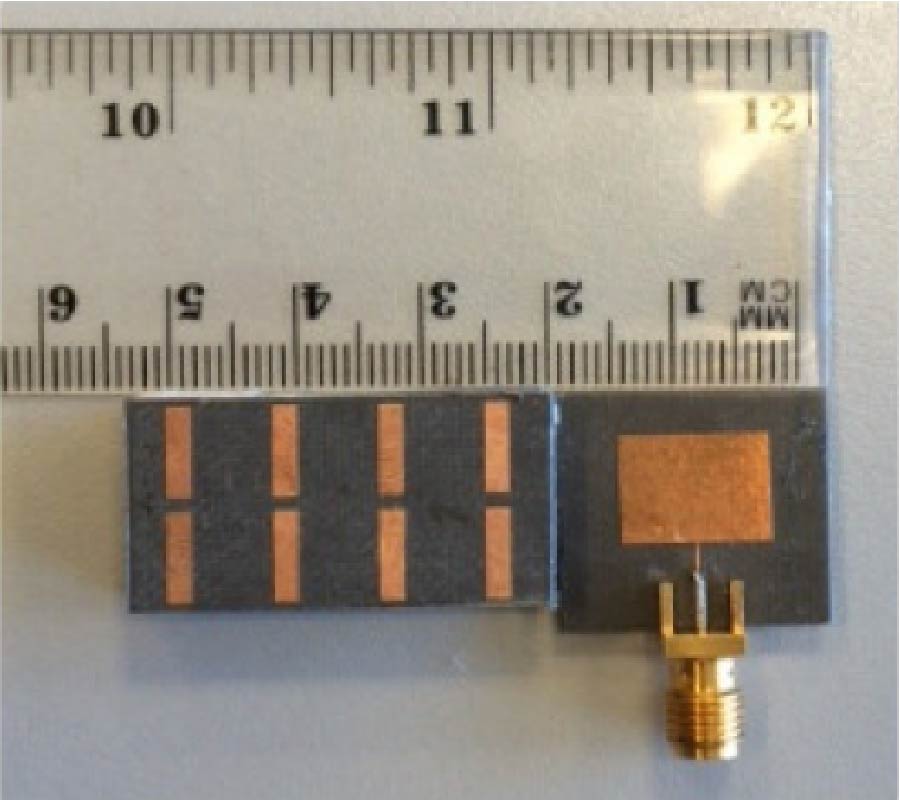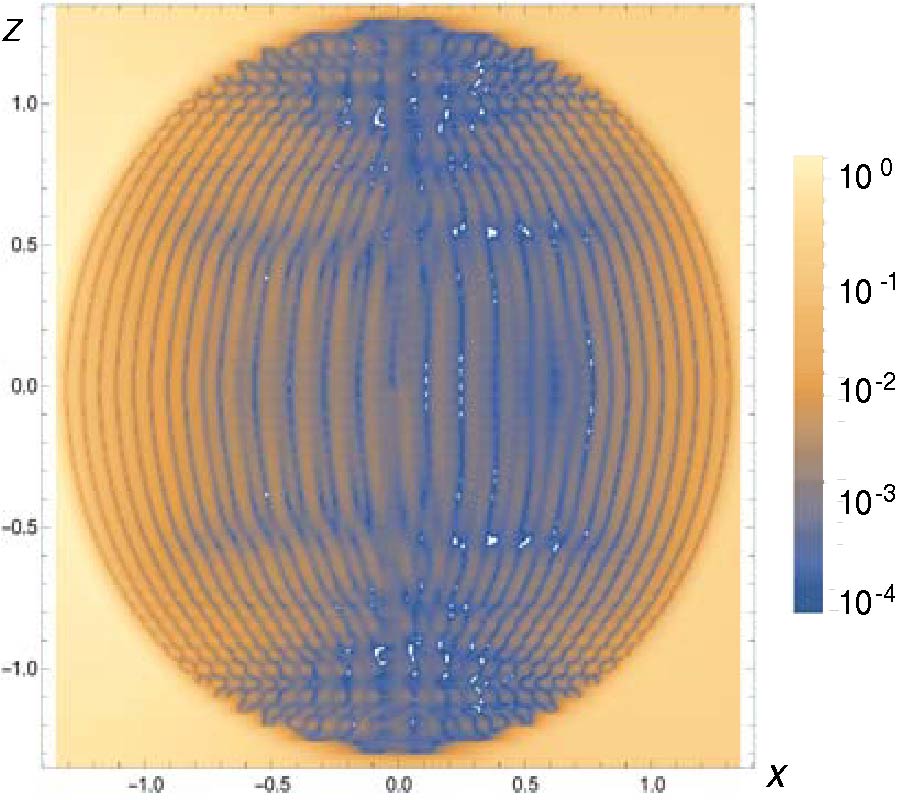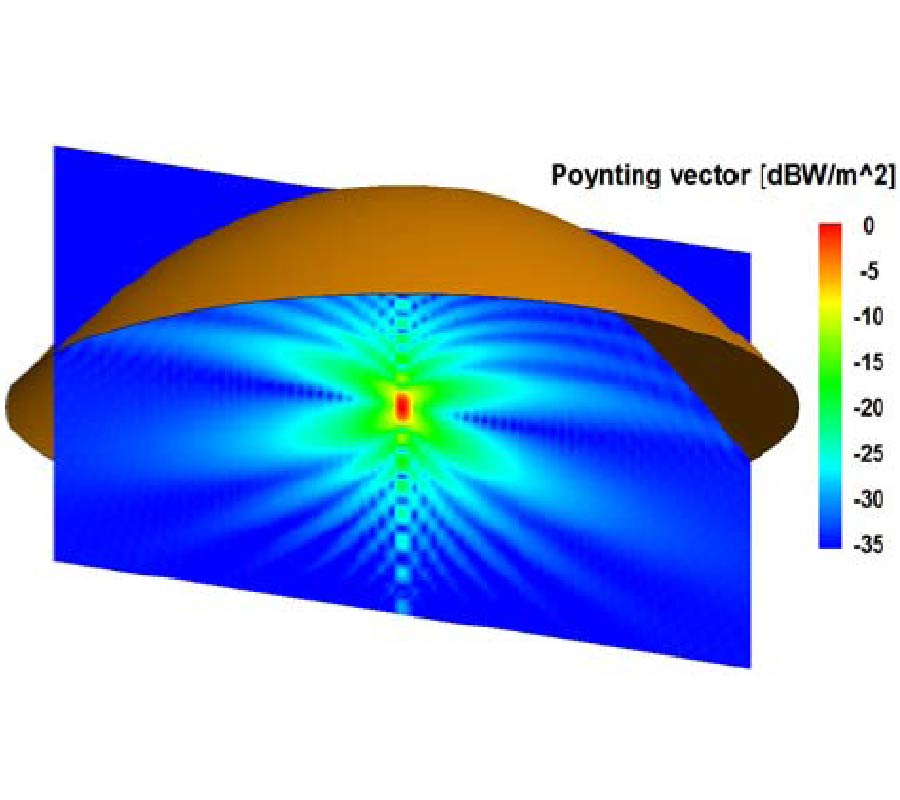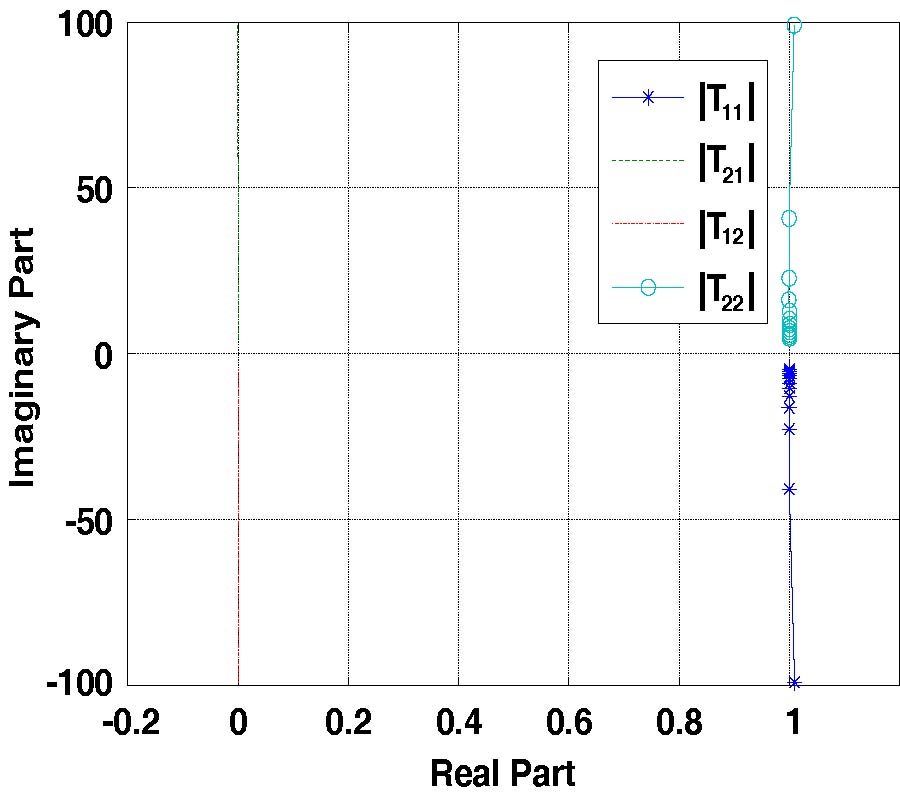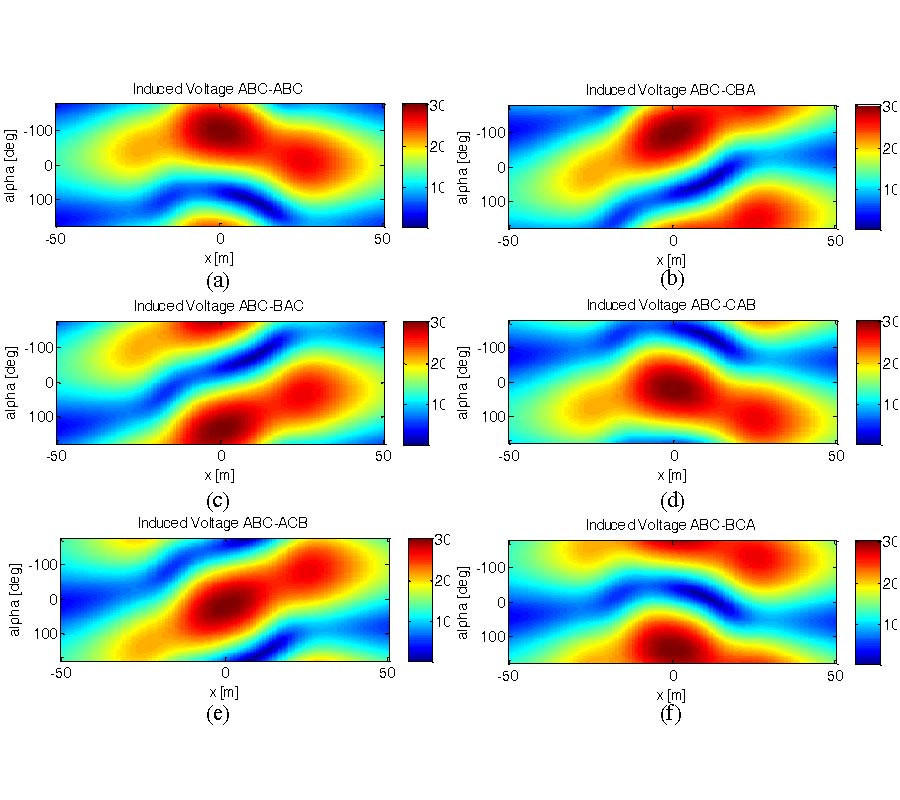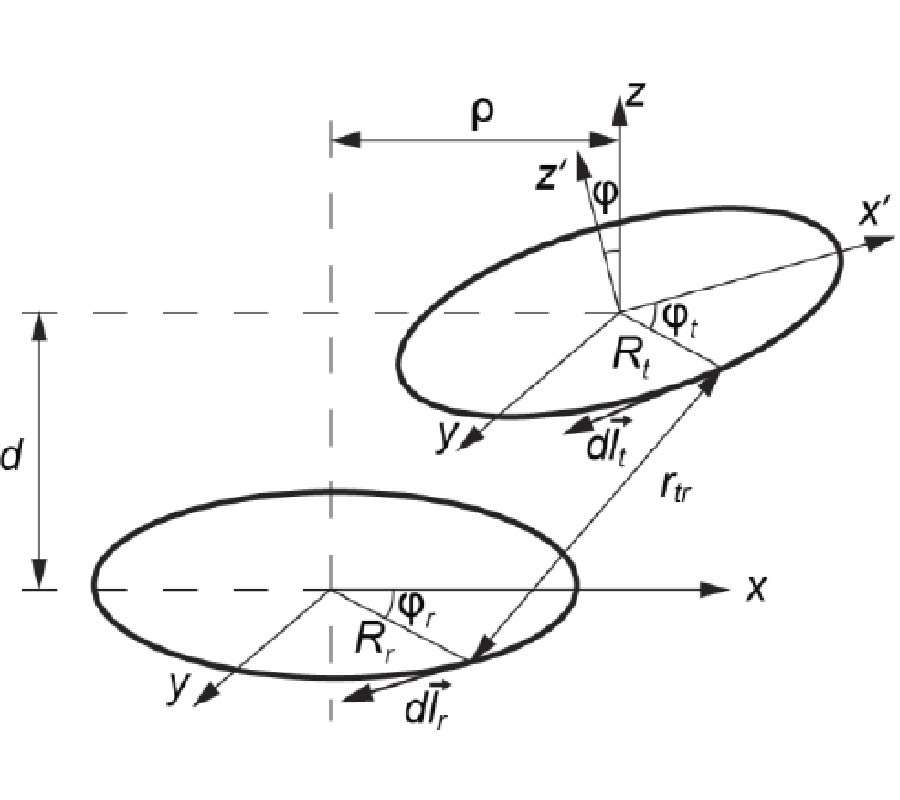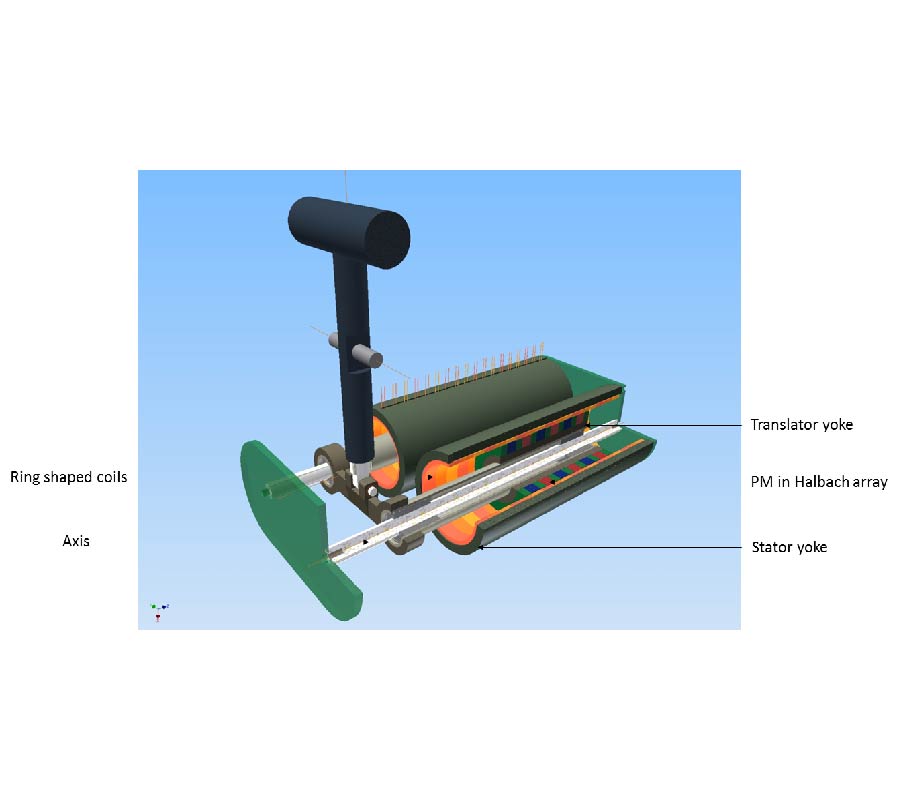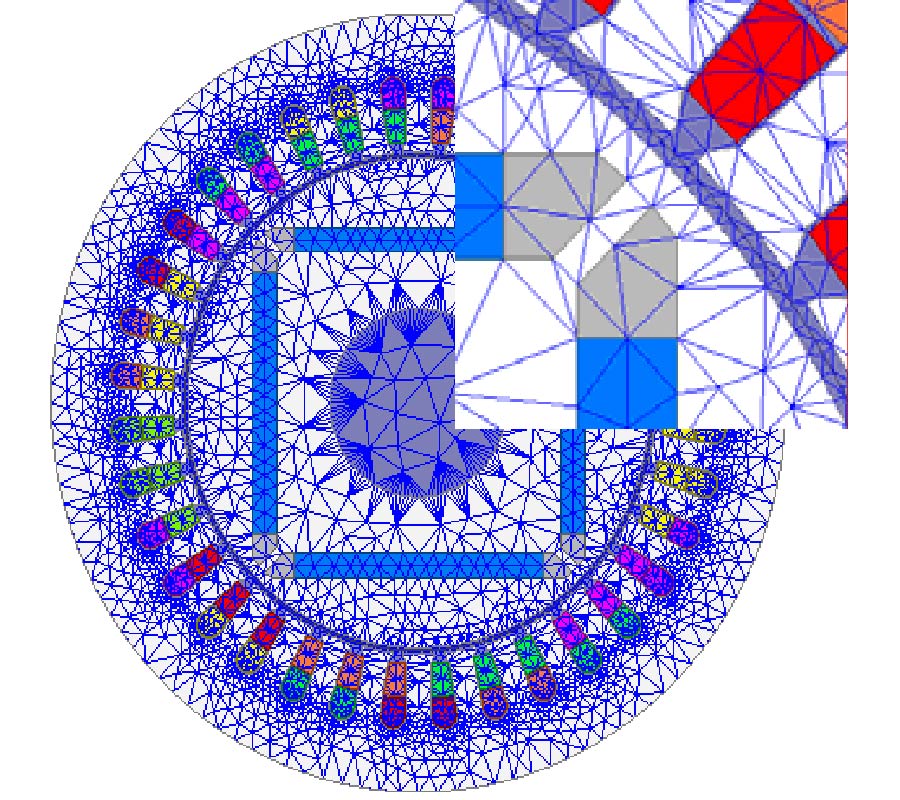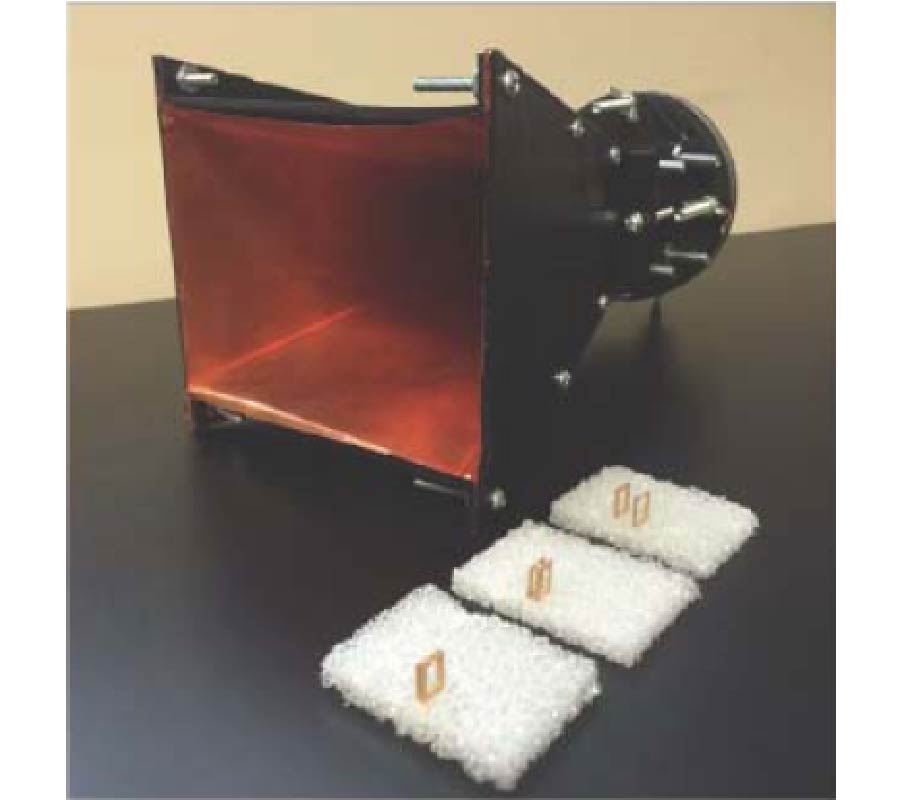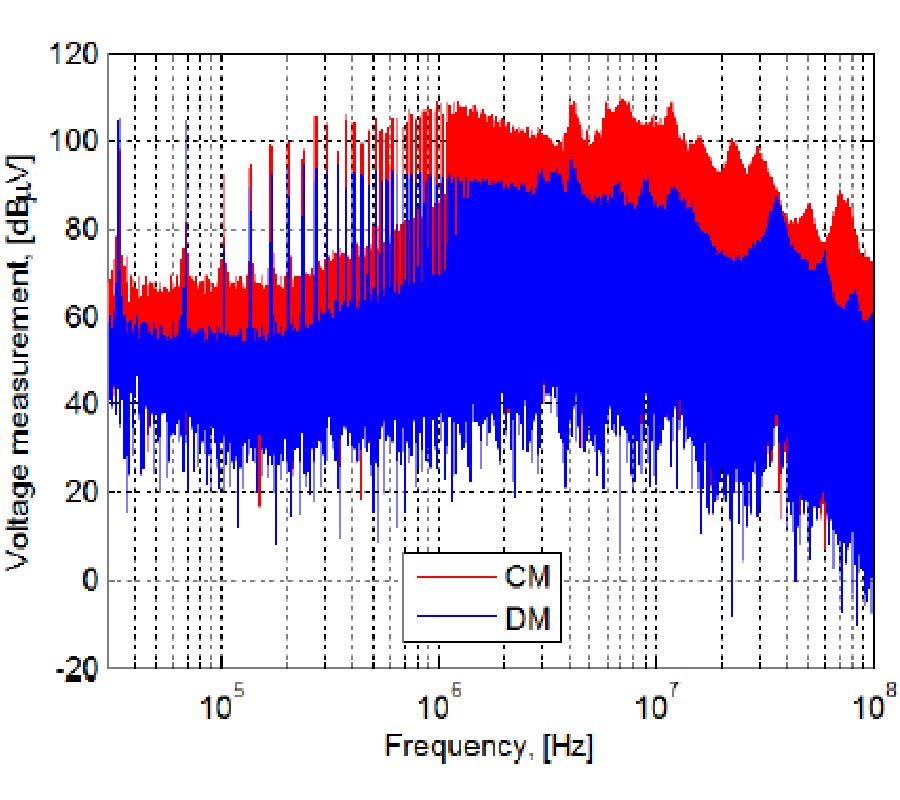2016-09-26 Latest Published
By Adel A. A. Abdelrehim
Hooshang Ghafouri-Shiraz
Progress In Electromagnetics Research B, Vol. 69, 137-155, 2016
Abstract
In this paper, the left-handed metamaterial which acts as a lens is employed to improve the performance of a microstrip patch antenna. The left-handed metamaterial used in this work is a three-dimensional periodic structure which consists of circular split ring resonators and thin wires. The metamaterials three dimensional periodic structure shows angular independency characteristics in wide range angles, so it acts as a metamaterial lens. However, the MTM structure infinite periodicity truncation has no impacts on the MTM lens scattering, effective parameters and homogeneity. The left-handed metamaterial is placed in front of the microstrip patch antenna and due to the negative refractive index property of the left-handed metamaterial; the radiated electromagnetic beam size decreases which results in a highly focused beam. The proposed antenna has been designed and simulated using CST microwave studio, and the metamaterial effective parameters are extracted from the S parameters by using Nicolson-Ross-Weir algorithm and by selecting the appropriate ambiguity branch parameter. Furthermore, the angular independency of the metamaterial lens has been verified by rotating the metamaterial structure with respect to the excitation probe of the transverse electromagnetic waves and extracting the S-parameters and the effective parameters for each rotation angle. A parametric analysis has been performed to study the effects of the patch antenna and left-handed metamaterial lens separation and the size of the three dimensional left-handed metamaterial structure on the radiating properties and the impedance matching of the proposed antenna. For the experimental verification, the proposed antenna operating at 10 GHz is fabricated; the return loss, radiation pattern and gain for the proposed antenna with and without metamaterial are measured. Furthermore, the results show that the antenna gain is improved by 4.6 dB which validates the concept of beam focusing using negative refractive index metamaterial structure, while the return loss and bandwidth are slightly reduced. The simulation and experiment investigated the idea of the beam focusing using negative refractive index metamaterial lens in microwave regime.
